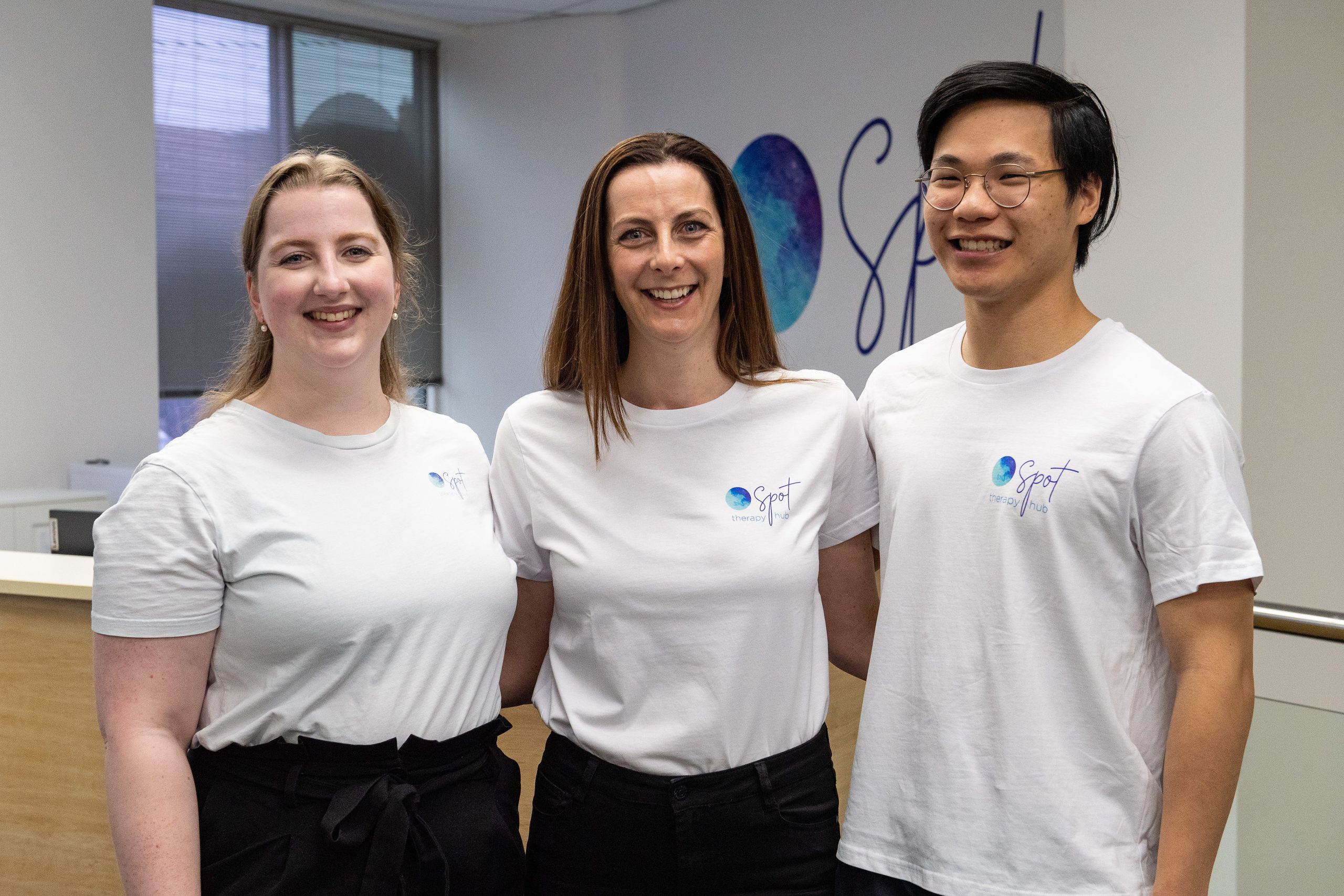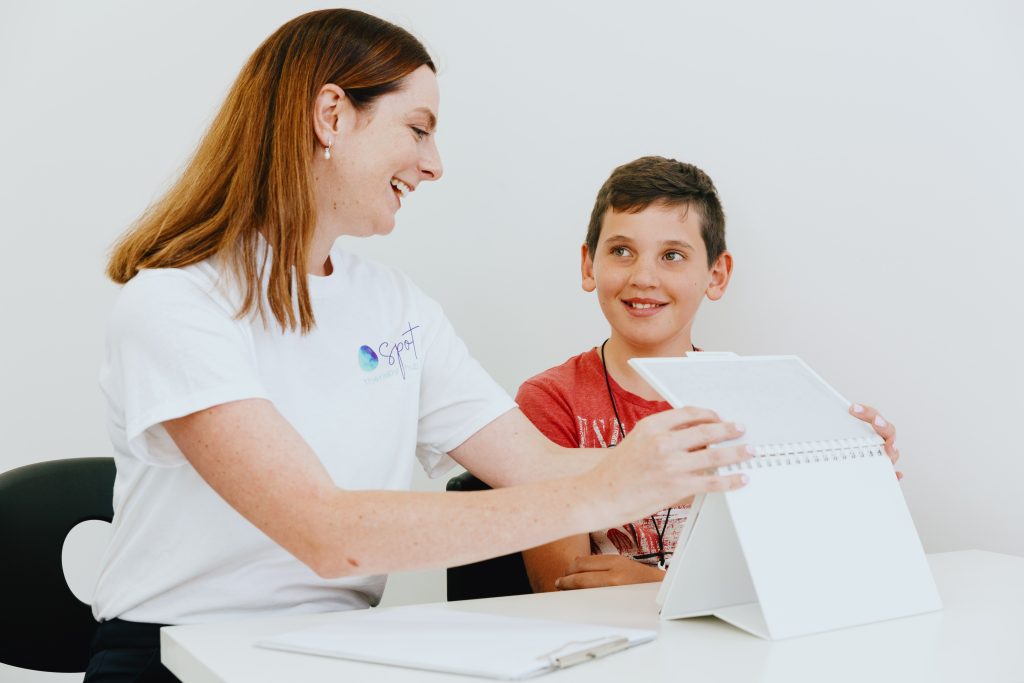


The ‘Wait and See’ approach, once considered a standard practice, has grown outdated. Recent research underscores the significance of early intervention, as our brains exhibit heightened neuroplasticity (the ability to create and refine neural pathways) during the first five years of life. Waiting for children to ‘catch up’ independently carries numerous risks. In particular, it’s crucial to identify and address language, speech, and fluency delays promptly.
Language
The ‘Wait and See’ approach is frequently associated with late talkers. Traditionally, it was believed that late talkers would either persist in facing language acquisition difficulties and receive a language disorder diagnosis or eventually reach age-appropriate milestones. Those who fall into the latter category, often termed ‘late bloomers,’ are the reason some people advocate for a ‘wait and see’ approach. However, research has unveiled that late bloomers may continue to exhibit weaker language and related abilities well into their adolescent years. Even if they eventually reach age-appropriate language and reading skills, vocabulary, grammar, and verbal memory tasks can remain subpar.



Here are vital aspects to consider when evaluating early intervention versus ‘wait and see’:
Speech
Speech intelligibility relies on the production of speech sounds during verbal communication. Children typically acquire specific speech sounds and eliminate certain speech patterns (e.g., substituting ‘k’ with ‘t’) at certain age ranges. Some children experience speech delays, arriving late in acquiring these speech sounds, while others exhibit atypical sound productions (e.g., lisps or vowel substitutions). Research suggests that children with a speech disorder are less likely to spontaneously resolve their speech issues. Therefore, speech delays should not be treated with a ‘wait and see’ mentality.
Several key research findings and clinical observations include:

Fluency
Fluency relates to the ease, effortlessness, and rate of speech production. Naturally, dysfluencies are part of speech, involving elements such as filler words like ‘like’ or momentary hesitations. Stuttering, however, occurs when speech production is disrupted by repetitions (of sounds, syllables, words, phrases), prolonged sounds, or blocks. In severe cases, stuttering may include secondary behaviours like facial grimaces.
Childhood stuttering usually emerges around the age of 2 ½, with 95% of children who stutter experiencing onset before the age of 5. Approximately 60-80% of these children spontaneously recover from stuttering. While certain predictors, such as family history, gender, severity, and co-occurring conditions, may provide some insights, they alone are insufficient to determine who will experience natural recovery. Decisions regarding a ‘wait and see’ approach or intervention should involve a Speech Pathologist.
The Lidcombe Program is the gold standard therapy for childhood stuttering, advocating for early intervention shortly after onset, ideally before a child begins primary school, given the social implications. School-age peers become increasingly aware of stuttering, which can lead to negative social interactions, including bullying.
What to Do
In cases of concern, it is advisable to consult a Speech Pathologist. While there may be situations where a ‘wait and see’ approach is appropriate, this guidance should come from a Speech Pathologist, a specialist in communication.
You can also reference a helpful resource – a snapshot of communication milestones for children aged 12 months to 5 years, created by Speech Pathology Australia: Communication Milestones Snapshot.